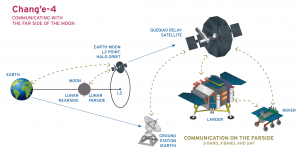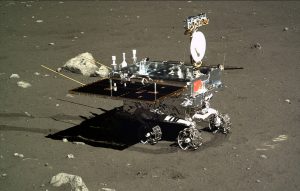With marijuana making its way into the spotlight across the globe in recent years as well as the recent legalization here in Canada, it seems the stigma & sentiment around the herb is quickly changing. However, now that weed is legal & can be purchased by anyone over the age of 19, does that mean consuming marijuana on regular basis (or at all) is free of risk and repercussions?

Canadian cannabis flag captured by Cannabis Culture at the Global Marijuana March 2013 in Vancouver. Source: Flickr
Differing Opinions
People opposing the newly legal drug, argue that cannabis consumption puts you at greater risk for mental impairment & that it stifles motivation, while those in favor of the substance tout it as a miracle drug capable of curing cancer & reducing pain. So, is it really that bad after all?
Cannabis Use in Teenagers and Young Adults
One demographic that has had red flags raised regarding the consumption of cannabis, is those under the age of 25. The reason being that is the age when the human brain has fully matured & is less susceptible to some of the harmful effects of marijuana. But it seems as though most young adults & teenagers alike, are not waiting until their brains have reached maturation to try the drug, as a recent census bureau report found that 32.7 percent of teenagers had smoked marijuana in the previous 3 months.

Caution, cannabis is not for everyone. Source:Pixabay
Teens Stuck In A Haze
Frequency & potency of cannabis use are the main detrimental drivers of damage to the developing brain. Research has shown that frequent use of marijuana in adolescence has a strong correlation to anxiety & depression with many users also disruptive behaviour & overall general cognitive decline. In addition, many researchers have cited that persistent use of marijuana by teenagers increases one’s risk of schizophrenia & other brain structure abnormalities. The effects of marijuana on the young brain are summarized well in the following video made by Dr. Jodi Goodman, who is the director of neuroscience at the Center for Addiction Medicine.
Source: Youtube, uploaded by Massachusetts General Hospital
Simply Put – We Love To Get Intoxicated
How come it seems like the number of cannabis users is increasing despite the endless research on the negative cognitive effects it has? One explanation for this is that weed allows many to feel a sense of relaxation & contentment that may not otherwise be achievable. Although this reason itself may commonly be overlooked, it is within the same bounds as Canadians spending twenty-two and a half billion dollars on alcohol last year. Having said this, it seems reasonable that anyone over the age of 19 is legally allowed to choose whether or not they want to use safe intoxicants (like alcohol or marijuana).

Dried marijuana ready for consumption Source: Pixabay
So What’s The Big Idea?
While the use of cannabis has many unfavorable effects, when used in moderation it can be an effective method for alleviating pain, anxiety, & much more. Therefore, once the risks are known, I think it should be left to one’s own discretion on whether or not to consume cannabis & how often at that.
Written by Riley Cox



